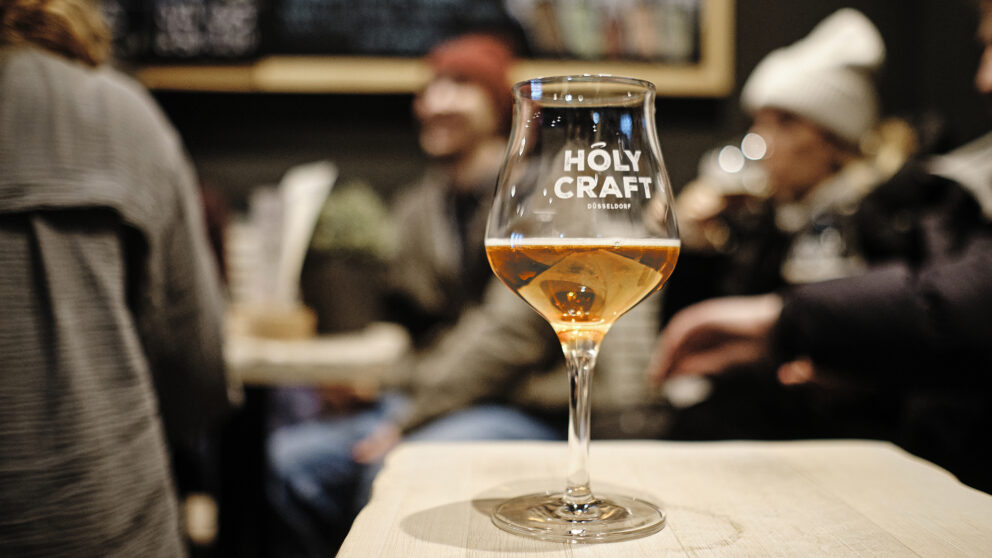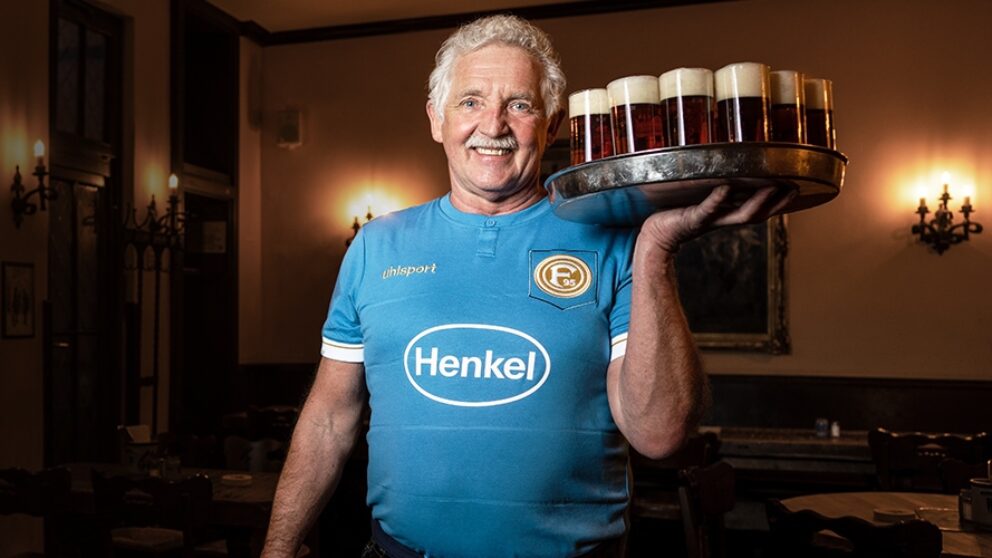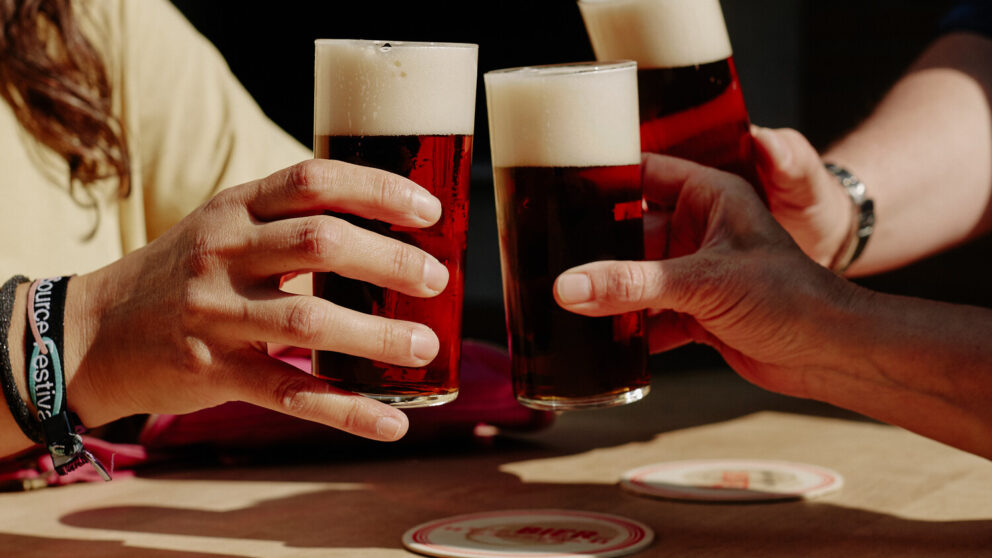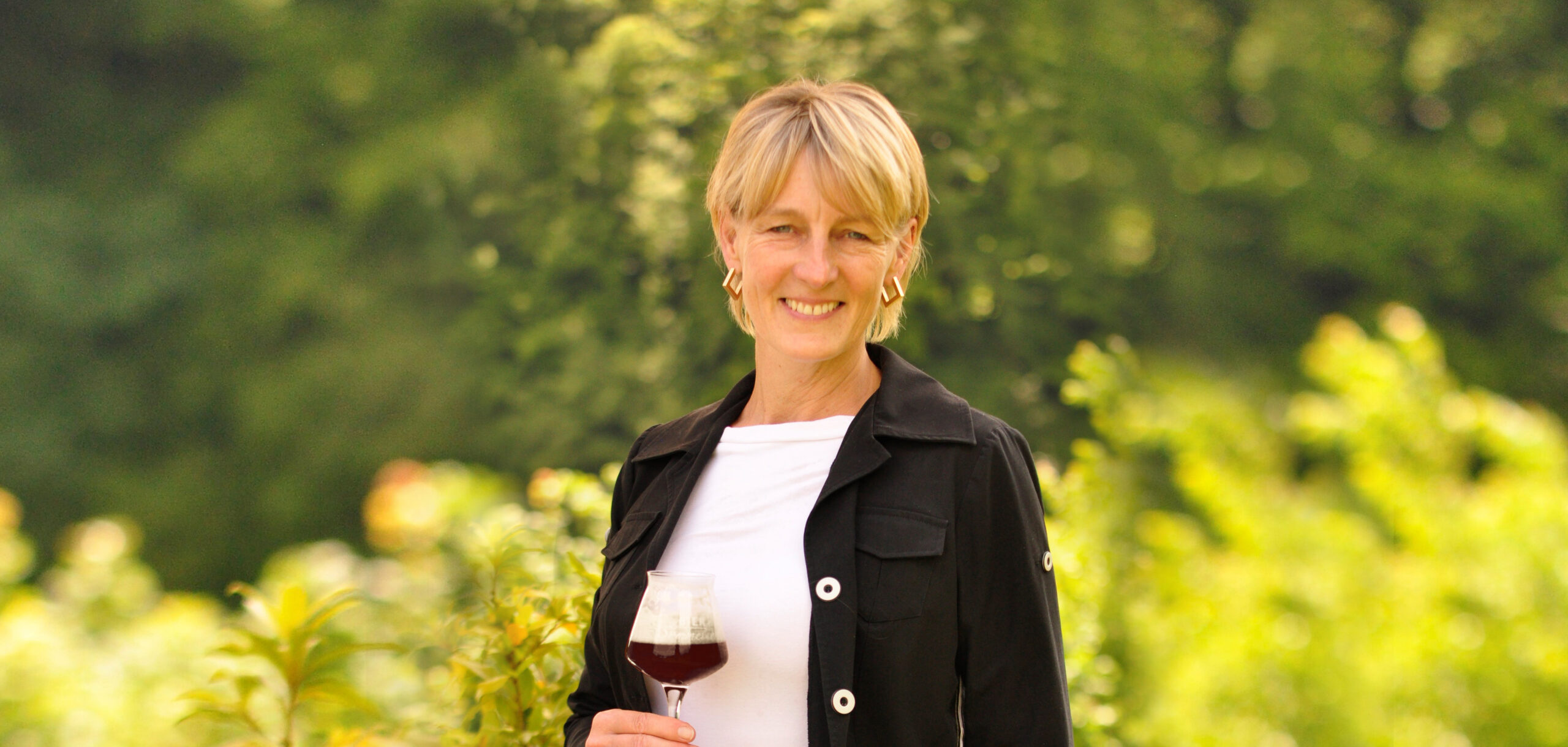
"Color of Altbier reminds of a copperplate engraving".
"Color of Altbier reminds of a copperplate engraving".
What a beer sommelier reveals about the maturation process and drinkability
For a long time, Anja Kober-Stegemann's professional life was characterized by top-down decisions, PowerPoint presentations and staff reductions. The business graduate worked for international companies in Düsseldorf. Until Kober-Stegemann found her true passion: beer! Today, she lives in Odenthal near Cologne and, as a beer sommelier, is a sought-after expert on beer. We talked to her about the special features of Düsseldorf's Altbier.
Ms. Kober-Stegemann, you deal professionally with beer culture. What is it that makes Altbier special?
Altbier first says that it is a top-fermented beer and has between 4.5 and 5.5 percent alcohol. It is usually dark brown to reddish brown in color, reminiscent of a copper stain. It is a malty hoppy beer with grassy and nutty aromas as flavor parameters.
What is special about the Düsseldorf Alt?
What particularly distinguishes Düsseldorf Alt is its high drinkability. As a top-fermented beer, it is brewed with yeast that prefers it cozy and warm at 20 to 25 degrees. However, the beer is then put into secondary fermentation and storage at relatively low temperatures. This is unusual for a top-fermented beer variety.
Why?
If it is only 13 to 18 degrees, then the yeast works much slower and the maturation process takes longer. If you were to speed up the process, you would get a beer, but it wouldn't be as full-bodied. Alt is therefore always full-bodied due to the brewing method, regardless of which home brewery it comes from.
"Care makes a good product."
How long does the beer mature?
The high drinkability also comes from the four to eight weeks of storage. This allows the aromas to rise more pleasantly and the carbonic acid to remain in the beer longer. Therefore, the Alt has a nice laceiness and a low accumulation of fermentation byproducts that you don't want in your beer. That's why you can just drink a lot of it, which is what's often done in alt (laughs).
And has no skull the next day either?
Yes, usually you do not have a headache. This is also due to the careful and slow production in smaller quantities. Care makes a good product.
How do the different Alt beers differ?
If you ever drink Alt completely blind, it is certainly difficult to distinguish between them even for experienced drinkers - they have noticeable flavor nuances within them, but it always remains a full-bodied beer. It should not be underestimated that beer lives through staging and stories. Large breweries do this through a lot of advertising. The Düsseldorf home breweries sell an attitude to life with the beer, which is made up of the ambience of the pubs, a lot of tradition, the habitus of the Köbe, the food or the mix of guests.
Why are there so many breweries in the old town?
In Düsseldorf, the Altbrauereien are regarded as an essential element of tradition and independence. The innkeepers live this theme, for which the guests are grateful. In addition, the Alt is known throughout Germany, although this beer style is not protected. In addition, there is the flair of the home breweries, it is simply sociable.
"You get the next beer served by the Köbes without being asked."
What is there only in Düsseldorf?
You get the next beer unasked by the Köbes. That's just a great sales strategy, because you have to think beforehand whether you don't want more. But then you're in the conversation when the Köbes comes, and - bang - you've got another fresh Alt standing there.
What do you think of the new beer creations from home brewers?
I think diversity is good. Nowadays, an expanded portfolio helps to pick up people who don't like alt. At the same time, the brand essence must not be forgotten. As with many beer styles, the Alt developed slowly, then in the 19th century many creative innovations were introduced in beer production. In 1838, the first Alt was brewed in the oldest home brewery Schumacher. Many centuries before that, there was mainly the sour Keute beer. This herbal beer was also food, as it was the only drink at that time that was relatively pure and safe to drink due to the production process. It is not for nothing that in the entrance of the brewery key is written "Drink what is clear, eat what is cooked, and say what is true."
What to look for in a beer tasting?
A beer should always be drunk from the appropriate glass for the beer style. In the case of Alt, it is the Altbierstange with its cylindrical glass shape. In the glass you see a copper-colored beer with a white foam crown. The aroma is first perceived through the nose with malt, caramel but also herbal and grassy aromas. The recency, the mouthfeel, is usually soft and fresh. Swallowing down, one senses a malt sweetness and also a herbal bitterness in the finish.
Your insider tip for Old Town Tasting?
Altbier can be drunk a bit warmer than a Pilsner, for example, because it has a nice malt body.
You can learn more about Anja Kober-Stegemann on her website die-biersommeliere.de.
Cover picture: Anja Kober-Stegemann
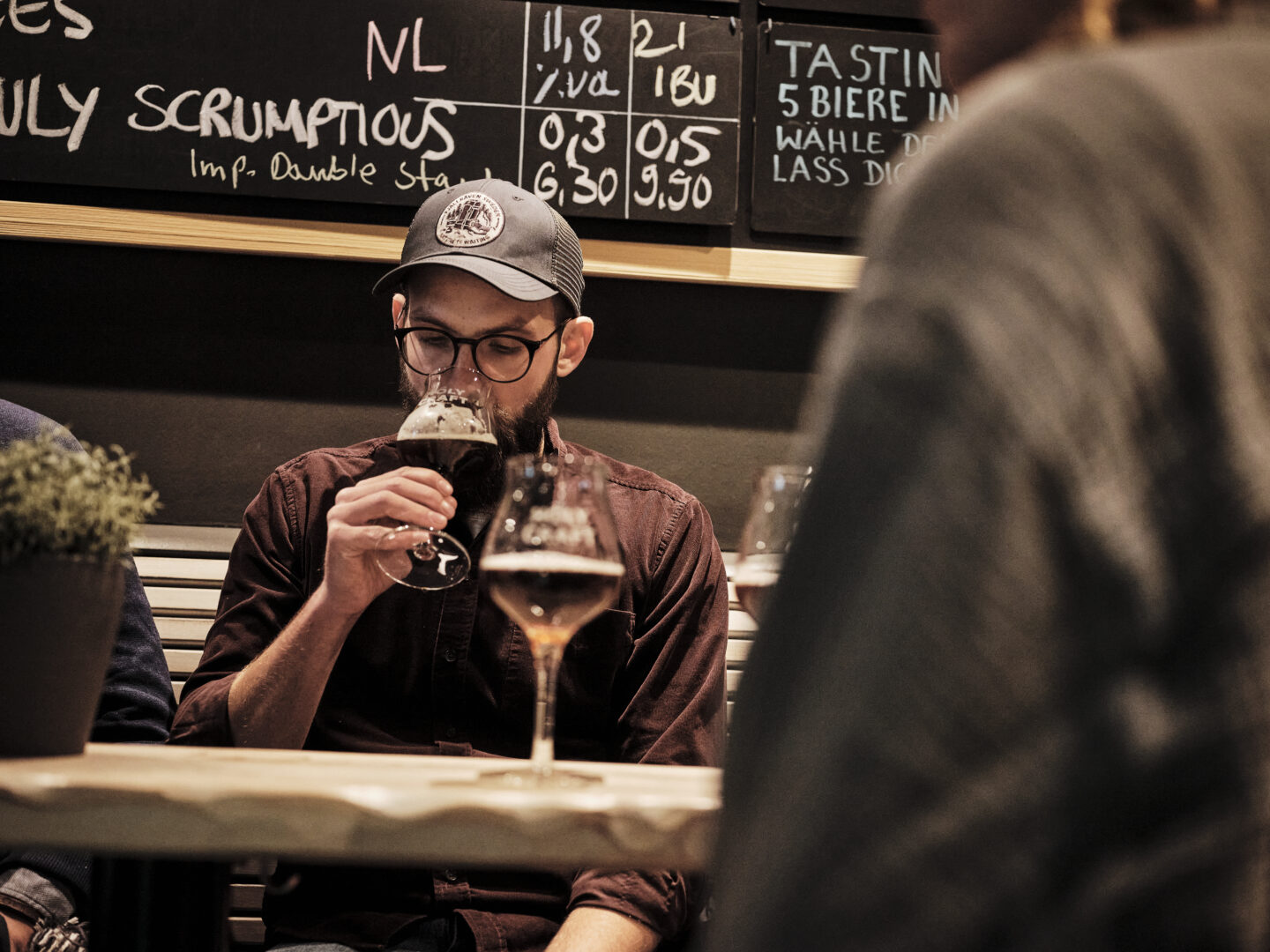
If you're craving Altbier now, secure your spot for our "Craft Beer & Streetfood" tour!

